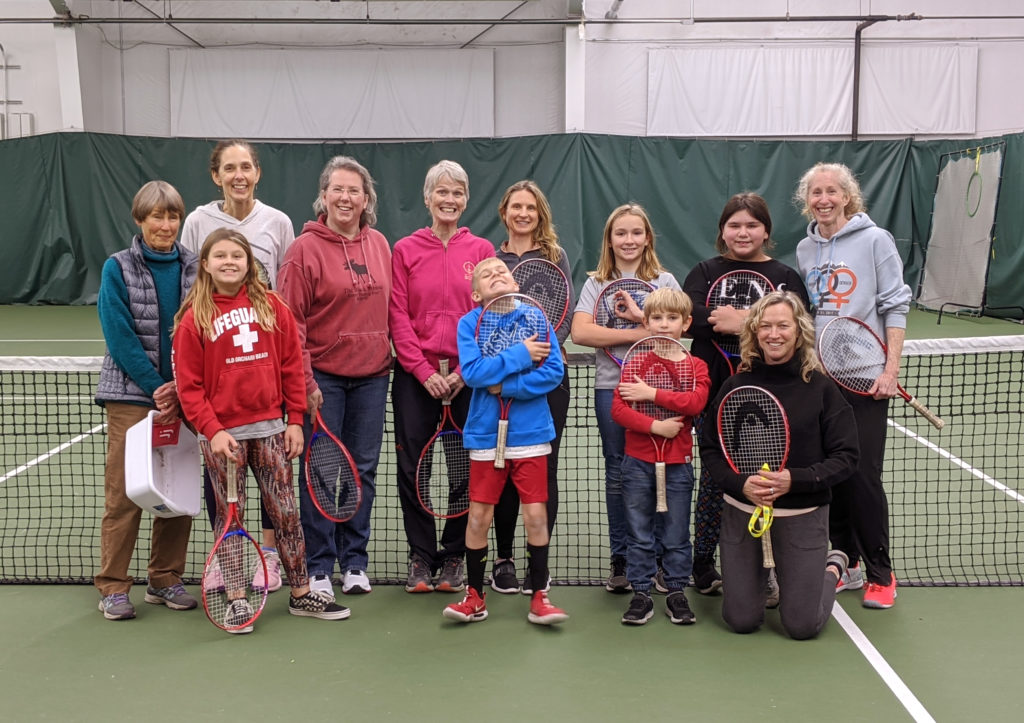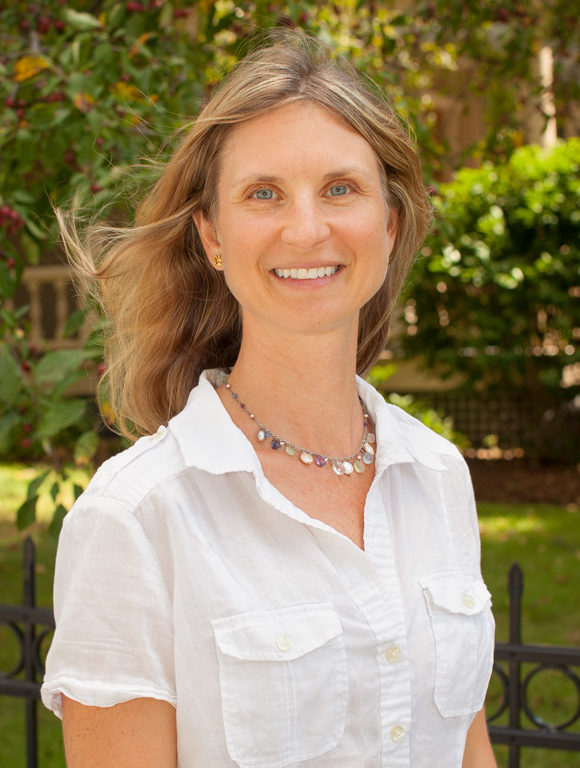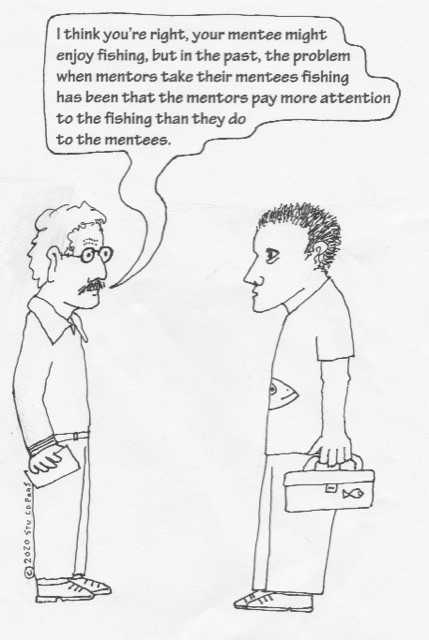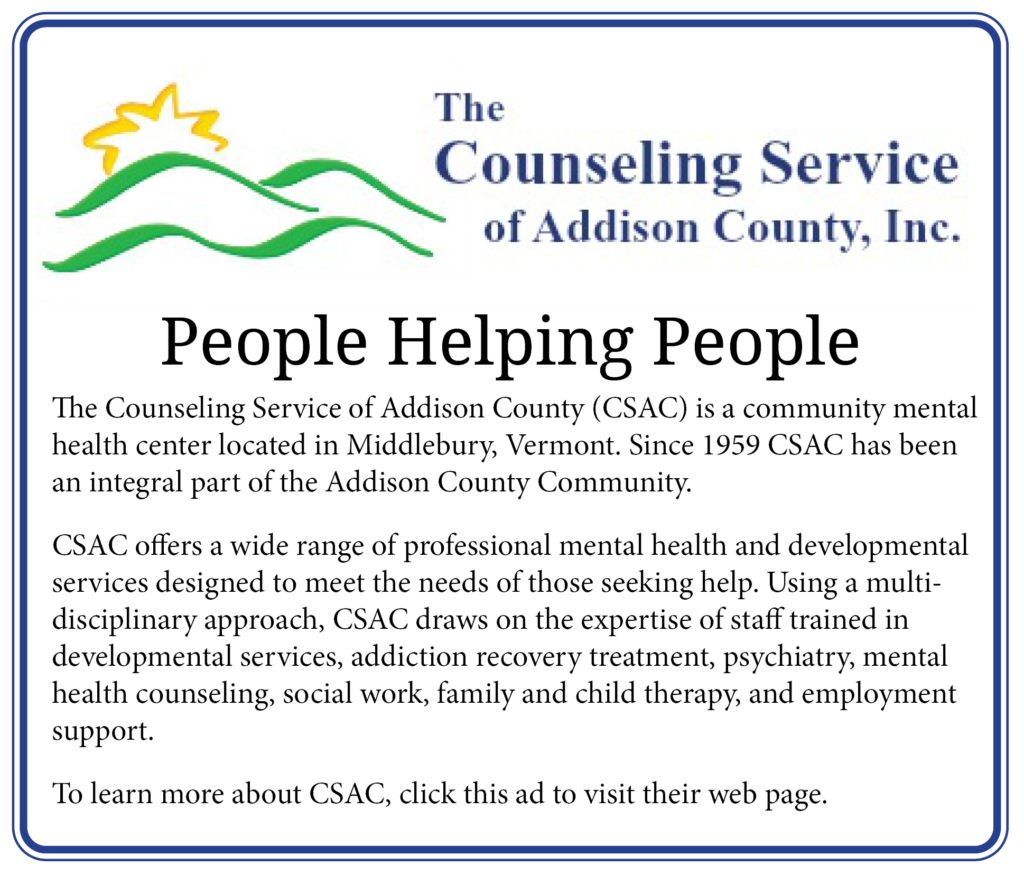Clinical Support: Mentoring At-Risk Youths Cannot Succeed Without It
By Erika Linskey, MS,
Director, Safer Society’s New Circle Mentoring Program
This article is a follow-up to the mentoring feature article in The New Circle’s Issue #1. To recap, that article summarized the challenges of mentoring at-risk youths. The gist was simply that every hurdle faced by youth mentoring programs is steeper still for programs that focus on at-risk youths. What that article didn’t mention, however, is that the sense of accomplishment in making it over those daunting hurdles is immeasurable!
The purpose of this article is to discuss the necessity of establishing a clinical component for an at-risk youth mentoring program and describe how Safer Society Foundation’s New Circle Mentoring program has filled that need through a partnership with our local Vermont counseling service.
How We Learned About the Importance of Clinical Support
In 2016, Mary Falcon, Executive Director of Safer Society Foundation, invited me to join her in launching a mentoring program for at-risk youths in Safer Society’s home state of Vermont. Before we launched our program, Mary and I spent a year reading available online mentoring literature and attending meetings and conferences of mentoring professionals in our state. Over the course of the year, we also chatted informally with Vermont program directors (sometimes by phone, sometimes over coffee), and gained a broad understanding of how their programs had succeeded in helping many young people but failed to produce the same results with at-risk youths.
There are two key components in a successful mentoring program for at-risk youths: mentor retention and longevity and mentor training and support. Mentor retention and longevity means much longer than usual commitments on the part of the mentors. And the only way to insure mentor retention and longevity is for the program to (a) carefully recruit only those mentors who program directors determine are capable of providing that stability and (b) provide those mentors with more substantial than usual training and ongoing clinical support.
Mentor Retention and Longevity
As Mary and I learned about mentoring in our own state, we discovered evidence of a conundrum that was being widely discussed in the national mentoring literature. The conundrum is this: The higher the level of a mentee’s childhood adversity the greater the need for a stable mentoring relationship, but the lower the chances that a mentor would stick with the mentee longer than a few months. How so? Because mentoring an at-risk youth is a difficult and complicated undertaking.
From our year of observing other mentoring programs we concluded that a stable mentoring relationship with an at-risk youth could not be built in one or two years. To be successful, we realized that our program would need to require a preferably five-year, minimum three-year commitment from our mentors. To help explain the need for such a long-term commitment, I offer this excerpt (with the names, dates, and some events altered to protect identities) from one of our mentor’s log. (Mentors in our program are required to keep regular logs of their interactions with their mentees.)
1/23/2018
This was our initial meet and greet. [Eight-year-old] Paul walked up to me and shook my hand, looked me in the face when talking, and suggested we play a few games when the other adults left the room. He seems very capable, smart, contained. As we played, he mentioned casually that he gets a little frustrated when things don’t go well for him.
6/6/2018
I often take Paul with me when I run. He likes running and seems to enjoy running with me. I told him I was going to run in the annual marathon race around our town. He said he would love to do it too. Everything went great until the race started. He didn’t seem nervous and he started out well, but after a while people began passing us. After a minute or two, he started walking. And not just walking. Walking really, really slow. And shuffling his feet. When I asked if he wanted to run again, he said no and sat down on the ground. He sat there until everyone passed.
So many things for me to learn! My chats with Dottie have helped me realize that I need to check my own ego. Paul is not a reflection of me, and that realization helps me be more relaxed about his attitudes.
2/19/2019
I’ve talked a lot about my yoga classes with Paul. He’s often said he would like to try yoga too, so yesterday I took him to a class. The instructor was a bit apprehensive about how a 9-year-old would do in such a class, but he did great. Very relaxing for him, and he learned new ways to stretch, be quiet and internalize.
I’m finding if I set the stage before something, it goes much smoother.
7/05/2020
The thing I keep noticing is how Paul still doesn’t participate. There are over 30 kids at this swim meet. The other kids play when they aren’t swimming. Paul just stands back. We’ve talked about how he looks unapproachable (no smile on his face, avoiding eye contact, arms crossed, etc.). We’ve talked about this a ton, but nothing changes.
Mentor Training and Support
As you may have gathered from our mentor’s log, mentoring an at-risk youth is an emotional challenge. Typical mentoring programs, as they are generally configured, are simply unable to provide the kind of training and support needed by at-risk youth mentors, who are, after all, volunteers from the community, not psychologists, social workers, or trained counselors.
We knew that in order to secure mentor longevity, we needed to provide the kind of training and support that could only come from an experienced counseling professional. Thus, the next step in launching our mentoring program would be to find a counseling agency that would provide this needed clinical support. And we did indeed find it in the primary counseling agency in Central Vermont, the Counseling Service of Addison County (CSAC).
Where We Found Clinical Support
Fortunately for us, CSAC had been considering the idea of starting a mentoring program for their young clients with attachment issues stemming from parental incarceration and other family disruptions. What CSAC needed was a partner to manage the operation of the program. The partnership of Safer Society Foundation and CSAC turned out to be a marriage made in heaven! I serve as our mentoring program’s director and I am an employee of Safer Society Foundation. The counselor with whom the mentor in the log consulted about her mentee’s behavior is Dottie Neuberger, the clinical director of our program and a longtime CSAC employee. She and I work together to recruit, train, and support the mentors in our program. Dottie is also our point person in communicating with our mentees’ families and facilitating our mentors’ communication with one another during group training sessions. Because CSAC provides every Addison County school with a school-based clinician, we also benefit from direct cooperation and communication with our mentees’ schools.

In the three years since this program began, we have not had a single mentor drop out of the program. Our mentors are a small but dedicated group. Even now, with the COVID-19 pandemic and the restrictions we have been forced to place on mentoring activities, they and their mentees are tired of “staying in touch” and are lobbying program management to allow them to get back to working together in person. In the world of mentoring, that is considered a big win!

Erika Linskey, MS, Director,
Safer Society’s New Circle Mentoring Program
Erika Linksey is the Program Director of the New Circle Mentoring program. Erika has worked with the Safer Society team since 2015 developing new programs to help at-risk youth. Erika earned her Bachelor of Arts in Fine Arts from Penn State and her Master of Arts in Educational Psychology from the University of Colorado. She is a former teacher from Colorado and has maintained a life-long career in teaching and childhood advocacy.



